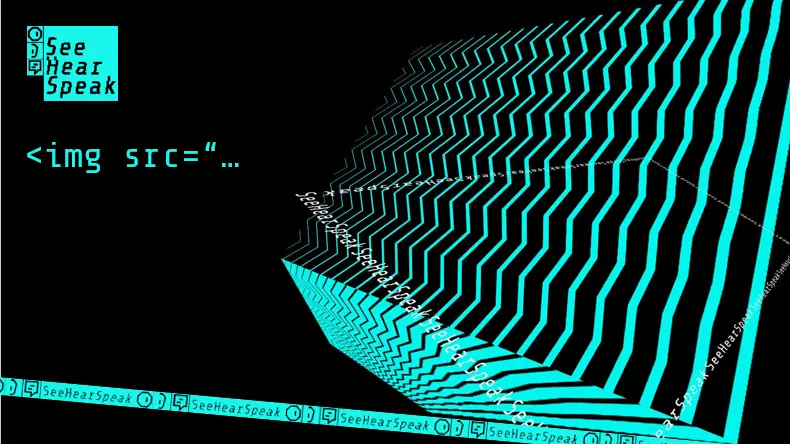Updated on: 19/05/2023

As websites become increasingly visually rich, optimizing image formats has become a crucial aspect of sustainable web design. Modern image formats like AVIF (AV1 Image File Format) and WebP offer improved compression and quality, promising faster load times and better user experiences. However, it's essential to evaluate their carbon impact and assess whether the benefits outweigh the potential environmental costs. In this article, we'll explore the carbon footprint of using AVIF and WebP image formats and consider their implications for sustainable web development.
- Reduced File Sizes and Bandwidth:
Both AVIF and WebP image formats utilize advanced compression algorithms, resulting in smaller file sizes compared to traditional formats like JPEG and PNG. By reducing file sizes, these modern formats decrease the amount of data transferred over the internet, thus potentially reducing bandwidth usage and energy consumption. This can be particularly beneficial for mobile users and areas with limited network infrastructure. - Energy Consumption in Image Encoding:
While AVIF and WebP offer advantages in terms of reduced file sizes, it's crucial to consider the energy consumption associated with image encoding. The encoding process for these formats typically involves more complex algorithms, which may require additional computational resources and energy. The energy consumption during the encoding phase could offset some of the environmental benefits gained from reduced file sizes during website loading. This offset would be gradually mitigated the more times the image files are loaded. - Browser Compatibility and Conversion Considerations:
One factor to consider when implementing AVIF and WebP formats is browser compatibility. While major browsers now support these formats, some older browsers may not have built-in support, requiring fallback options or conversion to more widely supported formats. The conversion process itself can introduce additional computational load and energy consumption, potentially offsetting the energy savings gained from smaller file sizes. - Evaluation of Image Optimization Techniques:
When assessing the carbon impact of using AVIF and WebP, it's essential to consider the broader context of image optimization techniques. The sustainable use of these formats should be accompanied by other practices, such as image lazy loading, responsive images, and proper compression settings. These techniques collectively contribute to reducing both data transfer and energy consumption, leading to a more sustainable web experience. - Balancing Image Quality and Sustainability:
One crucial aspect of using AVIF and WebP formats is striking a balance between image quality and sustainability. While these formats can provide better image quality at lower file sizes, the encoding process and potential compatibility challenges must be considered. It's important to optimize and test images thoroughly to ensure they retain the desired visual quality while minimizing the carbon impact associated with their use.
Modern image formats such as AVIF and WebP offer compelling benefits in terms of reduced file sizes and improved image quality. However, their carbon impact should be evaluated alongside other considerations in sustainable web design. Careful optimization, browser compatibility assessment, and a holistic approach to image optimization techniques can help mitigate potential environmental costs. Ultimately, striking a balance between image quality, website performance, and sustainability is crucial in creating a more environmentally friendly web experience. By incorporating these considerations into your web development practices, you can contribute to a greener digital ecosystem while delivering engaging and optimized visual experiences.







